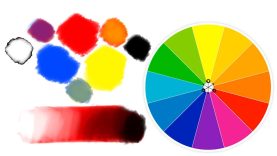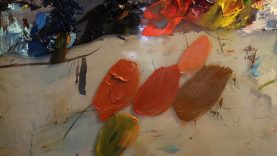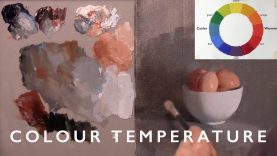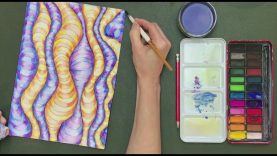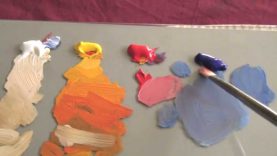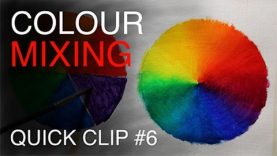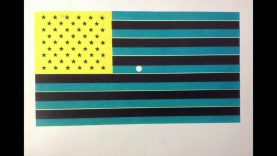Physics and Perception of Color: | Pupa Gilbert | TEDx
The perceived color is more than the simple wavelength of light, because additive neurons in the eye produce it. Imaginative demos show how these neurons work, and how they are fooled by computer and cell phone screens so we see a myriad colors when in fact there are only three. Pupa Gilbert, professor of physics, artist, and author of the “Physics in the Arts” book, clearly and simply explains the complexities of color vision and illusions. Bring your own eyes!
Pupa Gilbert is a professor of physics at UW-Madison, studying biominerals, including seashells, sea urchin spines and teeth, and corals. She likes to figure out how they are formed by living organisms, who master physics and chemistry for their evolutionary advantage.
She teaches “Physics in the Arts”, and wrote a “Physics in the Arts” book co-authored with Willy Haeberli, published in English (2008, 2011) and Chinese (2011). She won several awards including: Knight of Italy (2001); Romnes 2002, Vilas 2006, Hamel 2008, and Chancellor Distinguished Teaching Award 2011 at UW-Madison; The Outstanding Young Persons of the world (TOYP-JCI, 1997); American Competitiveness and Innovation Award (ACI-NSF, 2008); American Physical Society Fellowship (2010); Science-NSF Visualizations Challenge (2012); BiophysicsART (2014); Radcliffe Fellowship (2014-2015, 2016). She loves to bridge the gap between art and science, is an art collector, enjoys traveling and wine making.
This talk was given at a TEDx event using the TED conference format but independently organized by a local community. Learn more at http://ted.com/tedx



